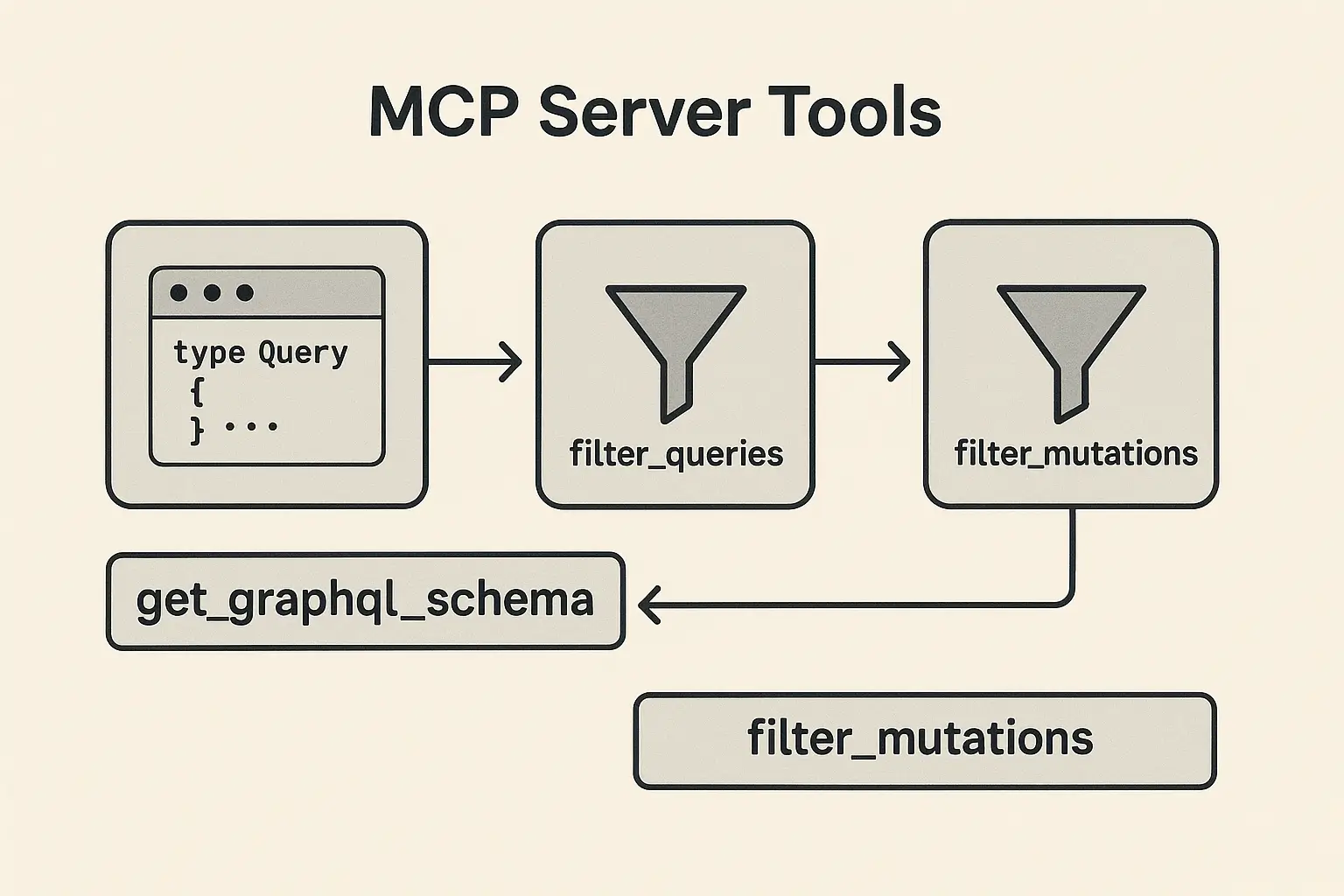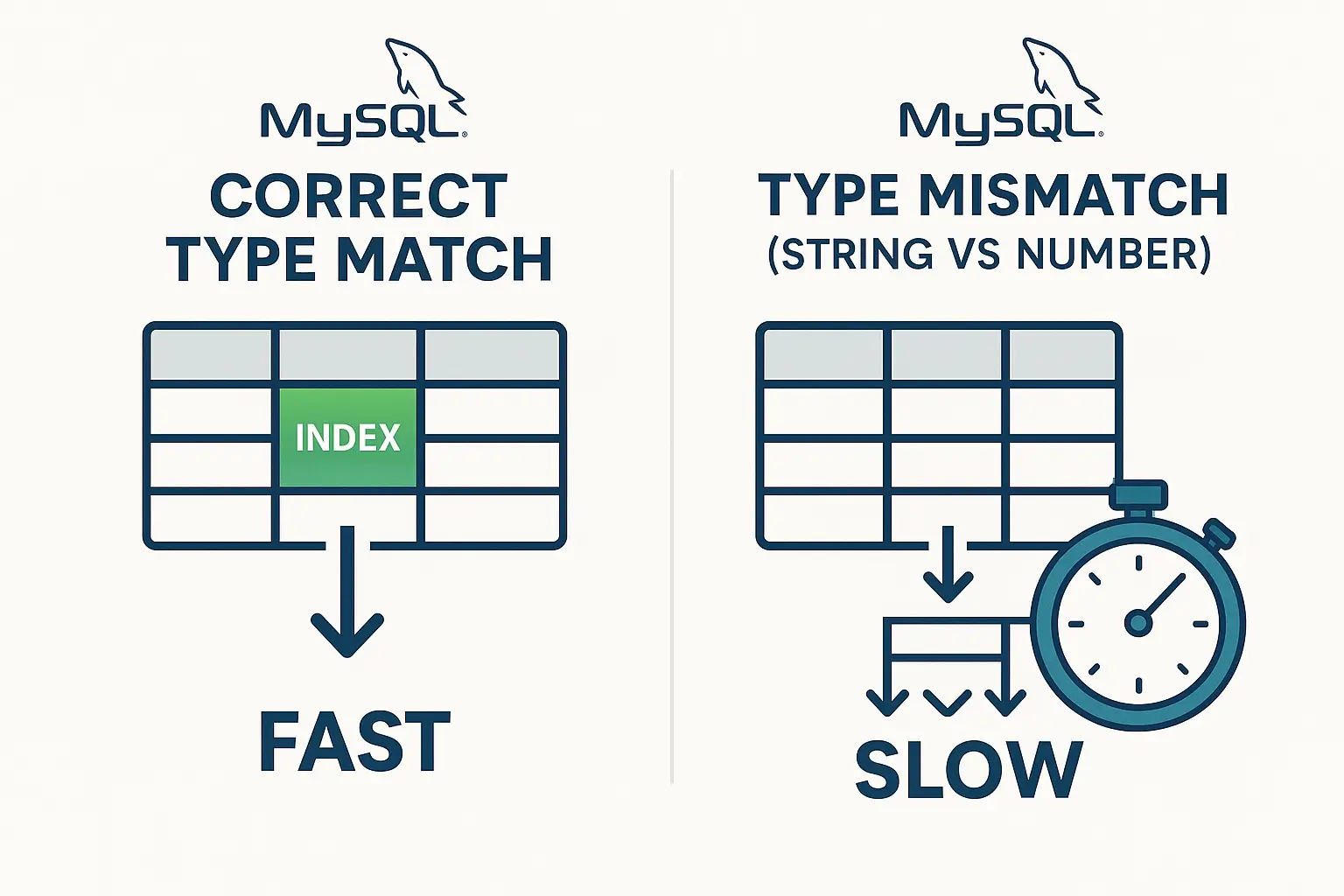A Deep Dive into Sessions and JWTs: Understanding the Mechanisms and Their Use Cases
Sessions and JWTs
In the world of web development and API design, security and user authentication are critical components. Two widely used mechanisms for handling authentication are sessions and JSON Web Tokens (JWTs). Each has its own strengths, weaknesses, and ideal use cases. This blog dives deep into the workings of these mechanisms, comparing them, and helping you determine which one is best suited for your needs.
Understanding Sessions

Sessions have been the traditional way to manage user authentication in web applications. When a user logs in, the server creates a session and stores a unique session ID in a cookie on the user’s browser. This session ID is then sent with every subsequent request, allowing the server to identify the user.
How Sessions Work:
- Login: The user provides credentials (e.g., username and password) to the server.
- Session Creation: The server validates the credentials and creates a session on the server-side, assigning a unique session ID.
- Session ID Storage: This session ID is stored in a cookie in the user’s browser.
- Request Validation: With each request, the browser sends the session ID back to the server. The server checks this ID against its stored sessions to authenticate the user.
- Session Expiry: Sessions typically have an expiry time and are stored in server memory or a database, leading to concerns about scalability.
Advantages of Sessions:
- Stateful Authentication: The server maintains a persistent state, making it easier to manage user data and track user actions.
- Secure by Default: Session IDs are usually stored in secure, HTTP-only cookies, making them less vulnerable to attacks like cross-site scripting (XSS).
- Easy to Implement: Most web frameworks provide built-in support for session management.
Disadvantages of Sessions:
- Scalability Issues: As the number of users grows, managing and storing sessions on the server becomes challenging.
- Dependency on Server: The server must always be involved in validating the session, leading to a heavier server load.
- Cross-Domain Limitations: Sessions can be tricky to manage across different domains or subdomains.
Understanding JSON Web Tokens (JWTs)

JSON Web Tokens (JWTs) are a more modern approach to handling authentication, especially in stateless, distributed environments. Unlike sessions, JWTs do not require server-side storage. Instead, the token itself contains all the necessary information about the user.
How JWTs Work:
- Login: The user provides credentials to the server.
- Token Creation: Upon validation, the server creates a JWT, which includes a payload with user information, and signs it with a secret key.
- Token Storage: The JWT is sent to the client and is typically stored in local storage or a cookie.
- Request Validation: The client includes the JWT in the header of subsequent requests. The server validates the token using the secret key.
- Stateless: The server does not need to store any session data, making it easier to scale.
Advantages of JWTs:
- Stateless Authentication: JWTs are self-contained and do not require server-side storage, making them highly scalable.
- Cross-Domain Support: Since JWTs are not tied to a specific server, they can easily be used across different domains.
- Decentralized: JWTs can be verified without needing a central server, which is useful in microservices architectures.
- Flexibility: JWTs can be easily passed between services and stored in various ways (e.g., local storage, cookies).
Disadvantages of JWTs:
- Security Concerns: If a JWT is compromised, it can be used until it expires, making it critical to have proper expiration and invalidation strategies.
- Complexity: Implementing JWTs correctly requires careful handling of token expiration, renewal, and revocation.
- Larger Payload: JWTs can be large, leading to increased bandwidth usage.
Comparison Table: Sessions vs. JWTs
| Feature/Criteria | Sessions | JWTs |
|---|---|---|
| State | Stateful | Stateless |
| Storage | Server-side | Client-side |
| Scalability | Challenging as users grow | Easily scalable |
| Security | Secure, but vulnerable to server attacks | Secure with proper handling, but vulnerable if compromised |
| Cross-Domain | Difficult to manage | Easily managed |
| Use Case Example | Traditional web apps, e.g., WordPress | APIs, microservices, e.g., mobile apps |
| Token Size | Small (session ID only) | Larger (contains payload) |
| Implementation Complexity | Simple | Requires careful handling |
Real-World Use Cases
- Sessions: Ideal for traditional, monolithic web applications where user data needs to be persisted across multiple requests, and where server-side state management is easier to control. Example: A content management system (CMS) like WordPress that requires user sessions for admin access and content editing.
- JWTs: Best suited for APIs, mobile applications, and microservices architectures where scalability and statelessness are crucial. Example: An API for a mobile app where the server needs to authenticate users without maintaining server-side state, allowing for horizontal scaling and seamless cross-domain requests.
Which One Should You Use?
- Use Sessions: When your application is server-rendered and requires persistent state, such as traditional web apps.
- Use JWTs: When building modern, stateless applications like REST APIs, mobile apps, or microservices that require scalability and easy cross-domain support.
Conclusion
Both sessions and JWTs have their place in web development, and understanding their differences is crucial for making the right architectural decisions. By evaluating your application’s requirements, you can choose the mechanism that best fits your needs, ensuring both security and performance.
This blog provides a comprehensive understanding of sessions and JWTs, offering insights into their workings, pros and cons, and real-world applications. By comparing the two, you can make informed decisions on which mechanism to implement for your specific use case.





